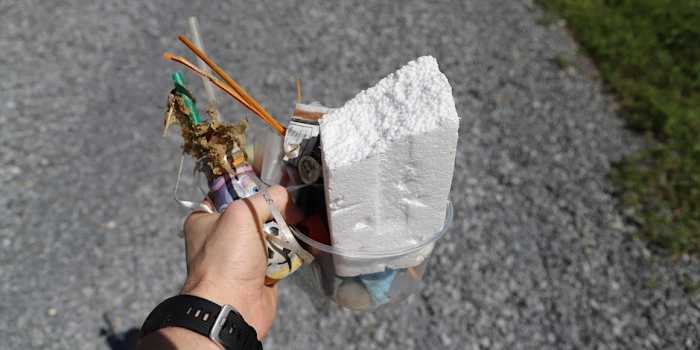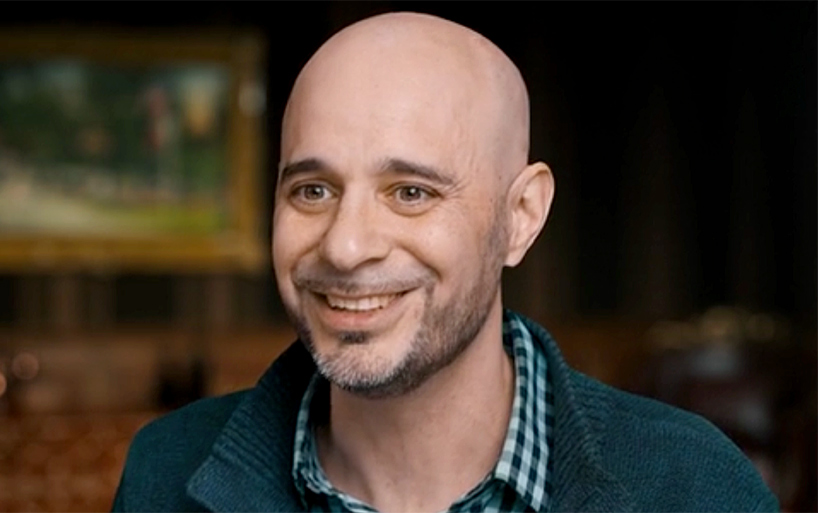 I’ve been enjoying the fine summer weather last week at one of our north shore beaches. One notable feature of the beach are the deposits of the last glacier around 21,000 years ago. Yes I’m speaking of rocks. Unlike the sands of the south shore beaches, the northern shore of Long Island is a veritable collection of stones of different shapes, sizes and colors.
I’ve been enjoying the fine summer weather last week at one of our north shore beaches. One notable feature of the beach are the deposits of the last glacier around 21,000 years ago. Yes I’m speaking of rocks. Unlike the sands of the south shore beaches, the northern shore of Long Island is a veritable collection of stones of different shapes, sizes and colors.
The reaction to our rocky shores differed with each generation. Little kids took delight in bending down and finding “special” rocks that reminded them of other things. “Look mommy! This one looks like an egg. And this one looks like a frog!” They sorted the found treasures into piles that they intended to take home as souvenirs.
Teens however had different responses to the plethora of glacial debris. They first looked for flat stones and tried to skip them over the water. And this was followed by challenges of who could throw stones the furthest. They paid little attention to the stone’s resemblance to other familiar objects. The rocks were incidental to the contests. The beach was about the teens themselves and how they could show off. There is nothing wrong with this, of course — it just shows how the world looks different to some.
In between the little kids and the teens were the middle kids who complained that the rocks wounded their feet. “Ow!! It hurts! I hate this beach!” And the cruel seashore drama unfolded for some minutes.
As sunset approached, I spied an elderly couple who were taking an intimate stroll as the waves grazed their feet. The wife held a towel into which she had assembled some beach stones. “This one looks like a pear,” she told her husband. They admired the colorful collection together.
It struck me at that moment that the circle was complete. The littlest child and the grandparent noticed with appreciation what was laid out on the ground before them. The others saw the rocks as battle weapons or painful obstacles. The innocence and imagination of youth, and the wisdom of a long life recognized treasures.
So there’s a little life-lesson at the beach. Treasure surrounds us. When we pay attention to what we’ve been gifted with, we can appreciate how blessed we are. Without that perspective, our blessings can be seen as annoyances. How many teens are annoyed by the mere presence of their parents? (Or vice versa?) How has sibling rivalry been playing out this summer? But with a closer look, we recognize the blessing our parents, our children and our sisters and brothers really are.
One way to take this closer look is to pray for the people in our lives — even the ones we struggle with. Somehow these people were part of God’s plan and in our prayer we can discover with wonder what gift God had in mind when they were created. This kind of prayer requires more listening and noticing instead of talking and complaining. It opens us to the beauty of what we might otherwise take for granted. Like the stones at the seashore.



































